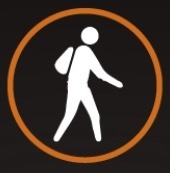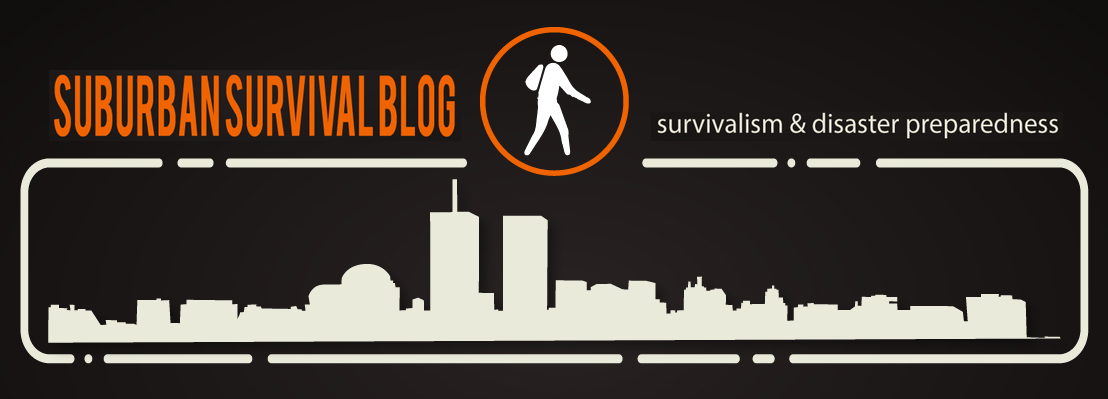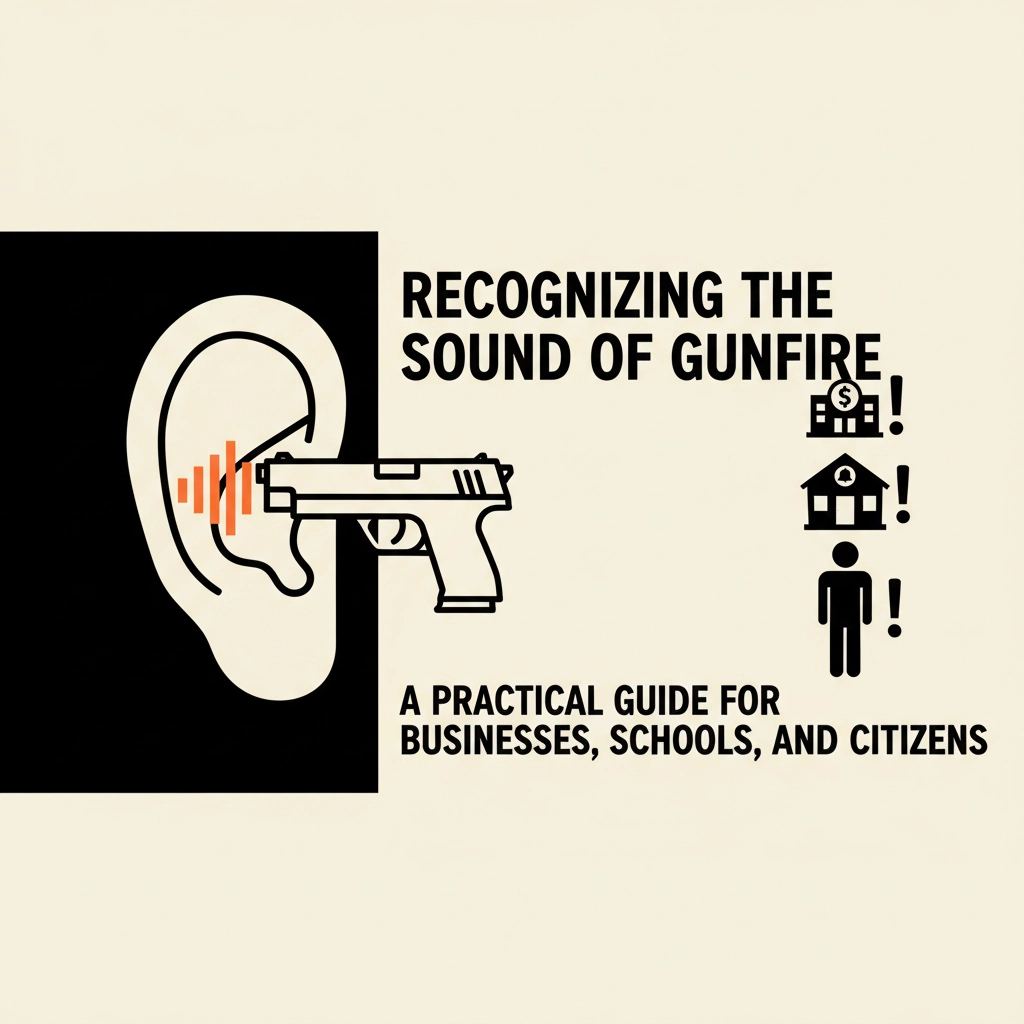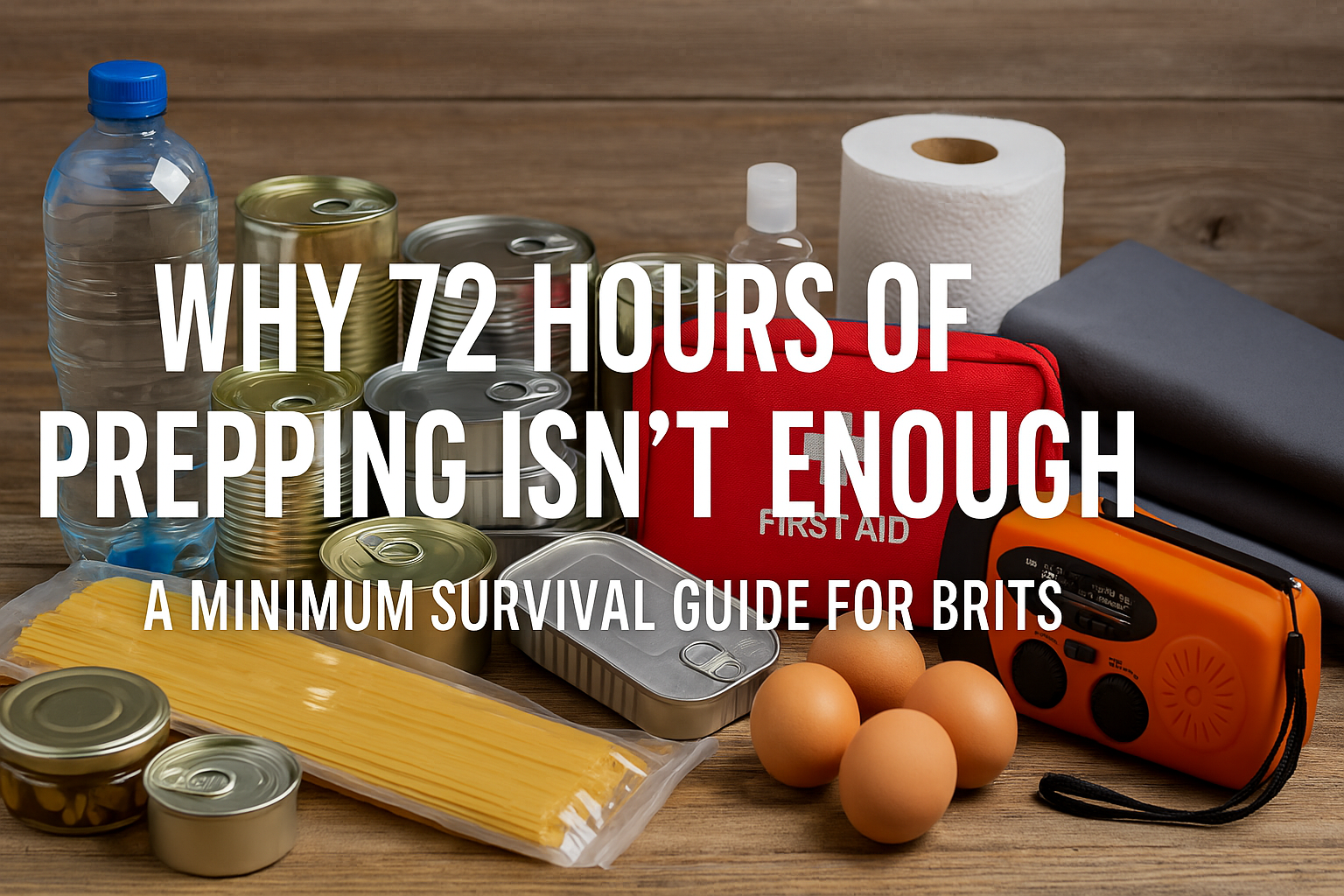It’s Saturday, July 19th. And, literally, had a hip replacement two days ago. I arrived home Yesterday, Friday, and am beginning the journey to re-establish my health. Not that I am in the worst shape I’ve ever been in, that is certainly not the case. However, the truth is that, like many of us, I let myself go during the COVID pandemic and gained 40 pounds; I have been struggling to lose it. Not only that, but during this time, I started to experience arthritic pain in my hips. Fast forward four years, and I am in the office of my new orthopedic for the first time, due to excruciating pain in both hips. I could not walk more than a 1/4 of a mile without feeling like someone had beaten both my hips with a baseball bat; the pain was so invasive. The doc entered the room, and I said, “Hey Doc, how are you doing?” He looked down at the new X‑rays that were just taken by his lab tech, looked back at me, and his first words to me were, “Well, looks like better than you are, how are you feeling? The result is that I need two new hips. The rest is history. Six weeks later, I had the first of two hip surgeries.
I’ve had a lot of time between meetings with the Orthopedic Surgeon and scheduling the surgery to reflect on my role as a provider, father, prepper, and all the actions that come with it. And honestly, I can put up with a lot of pain. But now that your daughter is eight years old, my ability to keep up with her has significantly diminished, so it was time. It was time to make the decision to get back on the bandwagon.
A couple of other items that come to mind. When I woke from the spinal/anesthesia, it literally felt like I was hit in my left side by a pickup truck. The expletives started flowing from my mouth almost immediately. I could not believe the pain load. But I had just had a traumatic surgery. This, too, was a wake-up call to preparedness. Having been a prepper for about 25 years at this juncture, I have never been debilitatingly injured or have had a traumatic surgery, until this week. This moment was also its wake-up call. The pain was the worst I have ever experienced, until the nurse pumped up the pain meds. I can only imagine what an injury may feel like post SHTF without the toolsets to create an environment for an injured individual to be comfortable.
Today, I am hobbling around the house with a walker, in a bit of pain, trying to keep my stiff leg limber. I had my first physical therapy session at home today. The first of four sessions is scheduled post-op. I’m being told that based on the type of surgery I have had, I may only need four (4) physical therapy sessions all-in. I am being told it can take up to 6 months to feel ‘normal’ again. That’s okay, I know there is another hip replacement on the horizon, and while I am not jumping at the opportunity to get in there and do it immediately, I am 100% motivated to improve my health again, and get to a place where I feel competent as the protector of my clan.
That said, the prepper community often focuses on stockpiling supplies, creating bug-out bags, and devising elaborate emergency plans. But there’s one critical component of preparedness that doesn’t fit neatly into a backpack or storage bin: your physical fitness. As someone who recently underwent hip replacement surgery, I’ve been reflecting deeply on how our physical capabilities directly impact our survival odds in emergency scenarios. The truth is stark but simple: all the emergency supplies in the world won’t help if you lack the physical ability to use them effectively.
The Often Overlooked Pillar of Preparedness
When disaster strikes, your body becomes your most important survival tool. Think about it — during Hurricane Katrina, many survivors had to wade through contaminated floodwaters. During wildfire evacuations, families often need to travel on foot for miles. Even in less dramatic scenarios, such as extended power outages, physical tasks like chopping wood, hauling water, or manually operating equipment become daily necessities.
Dr. James Hubbard, known as “The Survival Doctor,” puts it perfectly: “Physical fitness is the foundation upon which all other preparedness skills are built. Without it, even the most well-stocked prepper will find themselves at a severe disadvantage when disaster strikes.”
The uncomfortable reality is that suburban Americans in particular face a preparedness paradox. We’ve designed our communities around convenience, with drive-thrus, delivery services, and desk jobs that minimize physical exertion. Yet these same conveniences have created a physical vulnerability that becomes dangerously apparent during emergencies.
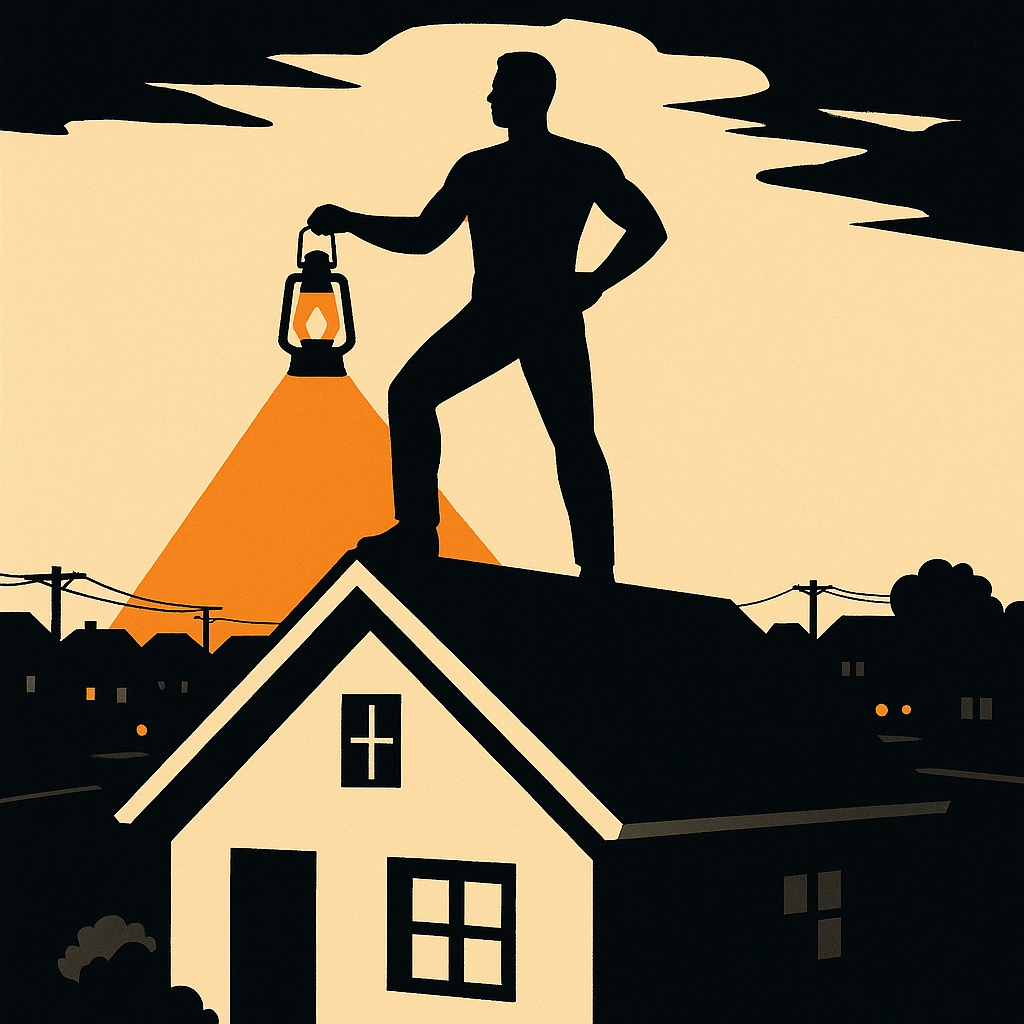
Why Your Physical Condition Directly Impacts Survival
Let’s break down exactly how fitness translates to survival capability:
1. Evacuation Capacity
Studies from the National Institute of Standards and Technology indicate that the average walking speed during evacuation for able-bodied adults is approximately 4 feet per second. However, this drops dramatically with decreased fitness levels, mobility issues, or while carrying supplies. During the 2018 Camp Fire in Paradise, California, many evacuees were trapped in gridlocked traffic and ultimately had to abandon their vehicles and escape on foot. Those with greater cardiovascular endurance had significantly better outcomes.
2. Manual Labor Requirements
Disasters create physically demanding situations:
- Clearing fallen trees or debris (requiring strength and endurance)
- Operating manual pumps for water (requiring upper body strength)
- Building or reinforcing shelter (requiring full-body functional strength)
- Carrying supplies over difficult terrain (requiring core and leg strength)
- Helping injured family members or neighbors (requiring functional strength)
3. Injury Prevention and Recovery
A 2019 study published in the Journal of Emergency Management found that physically fit individuals were 60% less likely to sustain injuries during natural disasters compared to those with poor physical fitness. Additionally, when injuries did occur, recovery times were significantly shorter for those with better baseline fitness.
“Preparedness isn’t just about surviving the initial event,” says tactical fitness expert Mark Lauren. “It’s about maintaining your functional capacity throughout the entire recovery period, which could last days, weeks, or even months.”
4. Stress Resilience
Physical fitness has a direct impact on your body’s ability to handle stress. Regular exercise:
- Reduces baseline cortisol levels
- Improves sleep quality
- Enhances cognitive function under stress
- Reduces anxiety and depression symptoms
- Improves overall mental resilience
During high-stress emergency situations, these benefits become survival advantages, allowing for clearer thinking and better decision-making when it matters most.
The Five Components of Disaster-Ready Fitness
Not all fitness is created equal when it comes to preparedness. While training for a marathon or bodybuilding competition might serve specific fitness goals, disaster readiness requires a more balanced approach targeting these five key components:
1. Cardiovascular Endurance
The ability to sustain moderate physical activity over extended periods is essential for evacuation scenarios, manual labor tasks, and maintaining operations without modern conveniences.
Practical Application: Build the capacity to walk 5+ miles while carrying a 15–20 pound pack (equivalent to a basic evacuation bag). Work up to this gradually if you’re starting from a sedentary baseline.
2. Functional Strength
Unlike gym-focused strength that isolates muscle groups, functional strength mimics real-world movements you’d need in emergencies.
Practical Application: Practice exercises that mimic:
- Lifting and carrying awkward objects
- Pulling yourself over obstacles
- Pushing heavy loads
- Dragging injured persons to safety
3. Mobility and Flexibility
The ability to move your body safely through various positions and ranges of motion helps prevent injuries during unusual movements that are often required in emergencies.
Practical Application: Work on maintaining a full range of motion in all major joints, particularly hips, shoulders, and spine. This becomes increasingly important as we age.
4. Balance and Stability
Navigating through debris, uneven terrain, or compromised structures requires good balance to prevent falls and injuries.
Practical Application: Include unilateral (single-sided) exercises and practice moving on intentionally unstable surfaces.
5. Power and Speed
Sometimes emergencies require immediate, explosive movements — jumping clear of danger, quickly lifting a heavy object, or sprinting to safety.
Practical Application: Incorporate interval training and explosive movements tailored to your fitness level.

Building a Practical Fitness Plan for Suburban Preppers
Now for the actionable part — how do you actually build these capabilities? Here’s a framework that can be adapted for almost anyone, regardless of current fitness level or access to equipment.
Assessment: Know Your Starting Point
Before starting any fitness program, take an honest assessment of your current fitness level. Can you:
- Walk one mile without stopping?
- Get up from the floor without using your hands?
- Carry 20% of your bodyweight for 100 yards?
- Climb several flights of stairs without extreme fatigue?
- Perform basic maintenance tasks around your home without exhaustion?
These simple assessments provide a baseline for your current preparedness capacity.
The Everyday Preparedness Circuit
This minimal equipment workout can be done 2–3 times per week to build all five components of disaster-ready fitness:
- Functional Warmup (5 minutes)
- Walking in place with high knees
- Arm circles forward and backward
- Gentle torso rotations
- Ankle and wrist circles
- Strength Circuit (15–20 minutes)
Perform each exercise for 30–45 seconds, rest 15–30 seconds between exercises, and complete 2–3 rounds:
- Squats (bodyweight for beginners, weighted as you progress)
- Push-ups (modified as needed — wall, counter, or knee versions for beginners)
- Single-leg stands (progress to single-leg deadlift movements)
- Plank holds (modified as needed)
- Farmer’s carry (carrying weighted objects at your sides)
- Step-ups onto a sturdy platform
- Cardiovascular Endurance (10–20 minutes)
Options include:
- Brisk walking (especially with elevation changes)
- Jogging if appropriate for fitness level
- Stair climbing
- Rowing if equipment is available
- Mobility Cooldown (5 minutes)
- Gentle stretching of major muscle groups
- Deep breathing exercises
- Balance practice in a relaxed state
Beyond Structured Workouts: Practical Preparedness Training
Some of the best preparedness fitness doesn’t look like traditional exercise:
- Rucking
Simply walking while carrying weight in a backpack builds relevant strength and endurance simultaneously. Start with 10% of your bodyweight and gradually increase to 20–30% for shorter distances. - Yard Work
Manually raking leaves, digging, chopping wood, and pushing wheelbarrows are excellent functional exercises that directly translate to emergency skills. - Home Maintenance
Painting, repairs, and DIY projects often require unusual movements, positions, and endurance that build preparedness fitness. - Skill-Based Activities
Learning skills like traditional camping, orienteering, or manual crafts often incorporates physical components that build preparedness fitness.
As Shane Thompson from our own Suburban Survival Blog notes in his pieces on preparedness fundamentals, the most sustainable fitness regimen is one that aligns with activities you actually enjoy and will continue doing.
Adapting Fitness for All Ages and Conditions
The most common objection I hear is: “I’m too old/injured/out of shape to get fit for emergencies.” As someone currently recovering from hip replacement surgery, before and after, I now deeply understand physical limitations. However, adaptability is itself a core survival skill.
Working Around Limitations
For those with injuries, chronic conditions, or recovering from surgery:
- Focus on what you can do, not what you can’t
If lower-body exercises aren’t possible, focus on upper-body and core strength. If standing exercises are challenging, consider seated alternatives. - Use appropriate progression
Start with water-based exercises, resistance bands, or chair-supported movements if needed. - Partner training
In a family or community, different individuals can develop complementary capabilities. While I’m recovering from hip surgery, my spouse is focusing on lower-body strength training to compensate for my temporary limitations. - Consult professionals
Physical therapists are excellent resources for developing adaptive fitness plans that respect limitations while building functional capacity.
Age-Specific Considerations
For Older Adults:
- Focus on maintaining mobility and independence
- Emphasize fall prevention through balance training
- Maintain grip strength for practical tasks
- Build endurance gradually with low-impact activities
For Children and Teens:
- Develop fundamental movement skills through play
- Build the habit of physical activity
- Teach practical skills like climbing, swimming, and carrying
- Make preparedness fitness a family activity
“Physical readiness isn’t about becoming a tactical athlete,” says preparedness consultant Morgan Rogue. “It’s about honestly assessing the most likely scenarios you’ll face and building the specific capabilities to handle them.”
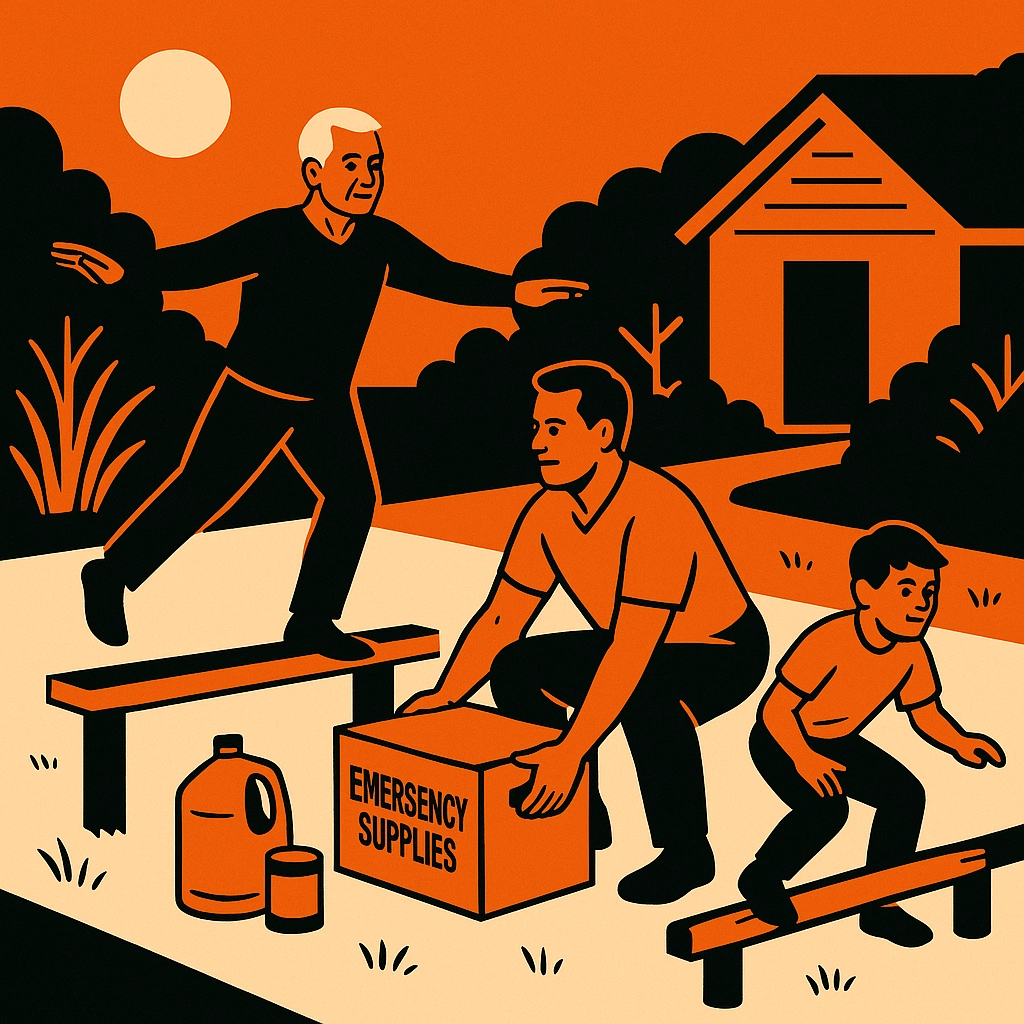
The Mental Benefits of Preparedness Fitness
Perhaps the most overlooked aspect of physical preparedness is its impact on mental resilience. Research consistently shows that physically active individuals demonstrate:
- Better stress management
- Improved sleep quality
- Enhanced cognitive function
- Greater emotional regulation
- Higher confidence in their abilities
These mental benefits become crucial during disasters when clear thinking and emotional stability can make the difference between good and poor decisions.
Physical preparedness also fights what psychologists call “disaster helplessness” — the feeling of being overwhelmed and incapable that often leads to inaction during emergencies. Knowing you possess the physical capabilities to respond effectively creates confidence that transfers to all aspects of emergency response.
Community Fitness and Group Preparedness
While individual fitness is essential, community preparedness multiplies effectiveness. Consider:
- Family Fitness Challenges
Create age-appropriate activities that build preparedness skills while bringing family members together. - Neighborhood Skill Sharing
Organize community events where neighbors can share expertise and practice physical skills together. - Mutual Aid Networks
In any community, different individuals will have different physical capabilities. Organized networks can leverage these differences effectively during emergencies. - Group Training
Whether formal classes or informal meetups, training with others builds accountability and relationships that become valuable during emergencies.
The suburban environment offers unique opportunities for community preparedness that rural or urban settings might not. Our community parks, school facilities, and connected neighborhoods provide ideal settings for group preparedness activities.
Getting Started Today: Your Next Steps
No matter your current fitness level, age, or limitations, there are concrete steps you can take immediately to improve your physical preparedness:
- Conduct an honest assessment
Document your current capabilities as a baseline. - Start with walking
Begin with daily walks, gradually increasing distance and occasionally adding weight. - Add simple bodyweight exercises
Incorporate modified versions of functional movements like squats, push-ups, and planks. - Practice specific scenarios
Try activities that simulate emergency situations, such as carrying water containers or moving awkwardly shaped objects. - Consult professionals when needed
Collaborate with healthcare providers to develop tailored plans if you have specific health limitations. - Track progress meaningfully
Rather than focusing on weight or appearance, track functional capabilities that relate directly to preparedness.
As Mr. Jones often reminds readers in his excellent articles on practical preparedness, “The best time to get physically prepared was years ago. The second-best time is today.”
Conclusion: Physical Preparedness as a Lifestyle
Physical preparedness isn’t about reaching some ideal fitness level and then stopping. It’s about continuously building and maintaining the specific capabilities that will serve you in times of emergency. It’s also about honest assessment — understanding your limitations and working with them rather than ignoring them.
For me, hip replacement recovery has been a humbling reminder of how quickly physical capabilities can change. Yet it’s also reinforced my commitment to rebuilding strength methodically and purposefully. Rather than seeing my temporary limitations as a reason to abandon physical preparedness, I’ve adapted my approach to focus on what I can do now while creating a roadmap back to full capability.
Key Takeaways:
- Physical fitness is not optional for true preparedness; it’s foundational.
- Focus on building functional capabilities rather than aesthetic goals.
- Adapt fitness approaches to your current limitations while working to overcome them.
- Incorporate preparedness movements into daily life for sustainability.
- Remember that physical preparedness directly enhances mental resilience.
- Build community connections that leverage different physical capabilities.
- Start from wherever you are today with simple, consistent actions.
The suburban lifestyle often shields us from physical demands, creating a false sense of security. By intentionally reintroducing functional physical challenges into our lives, we not only prepare for potential emergencies but also reconnect with our inherent human capabilities.
What physical preparedness step will you take today? Share your plans and progress in the comments below…
Remember, in an emergency, you don’t rise to your expectations — you fall to your level of training. Ensure that the level is high enough to support you and your loved ones through whatever challenges may come your way.
